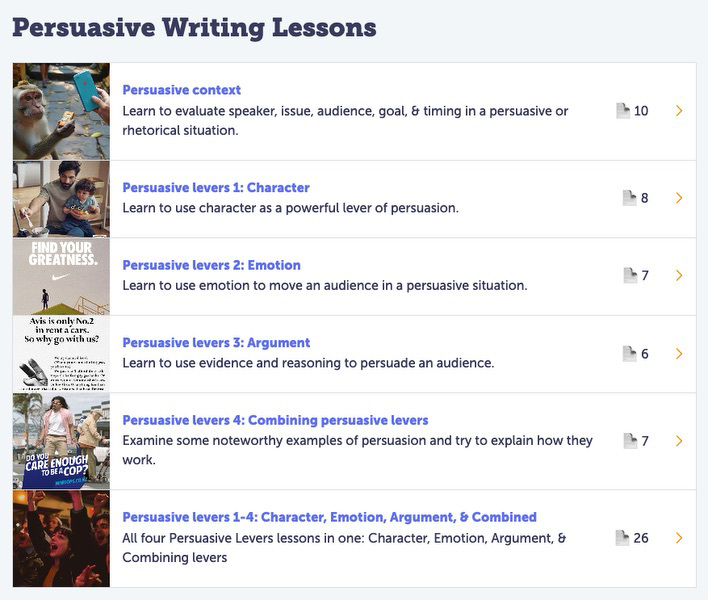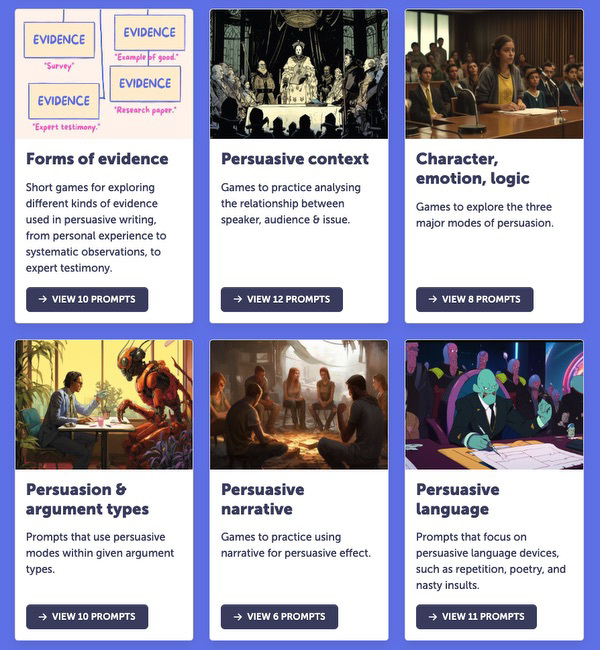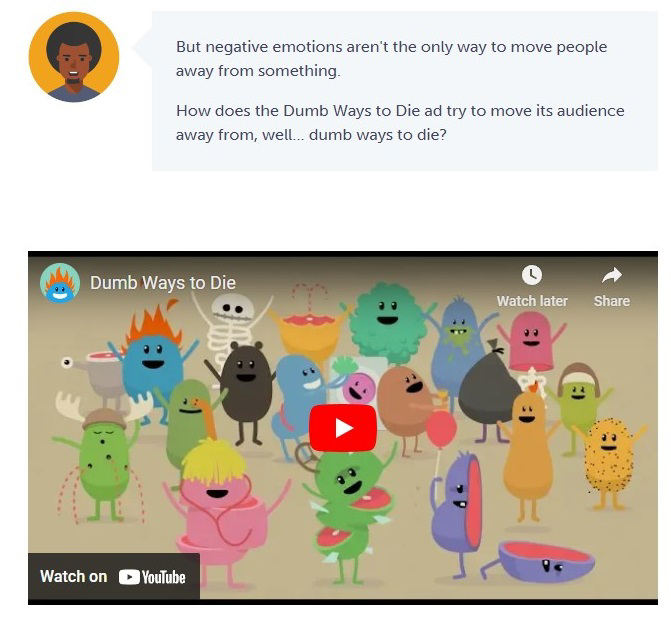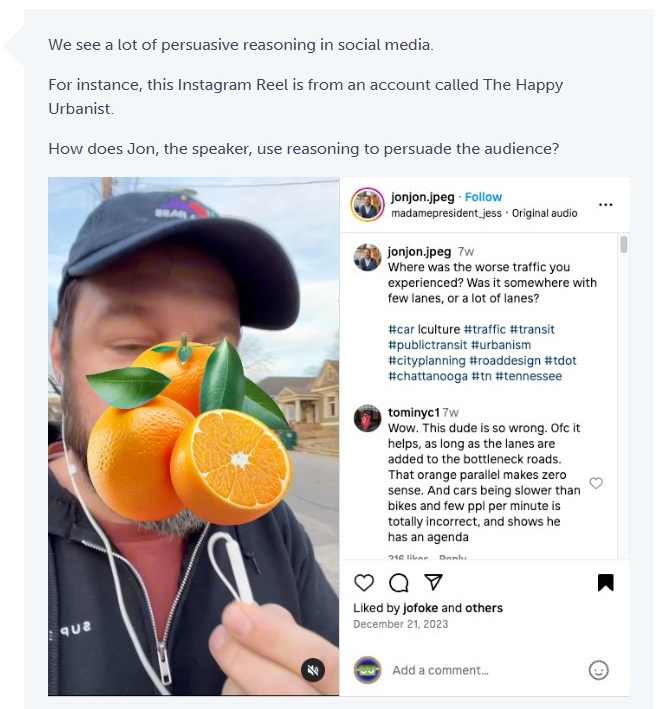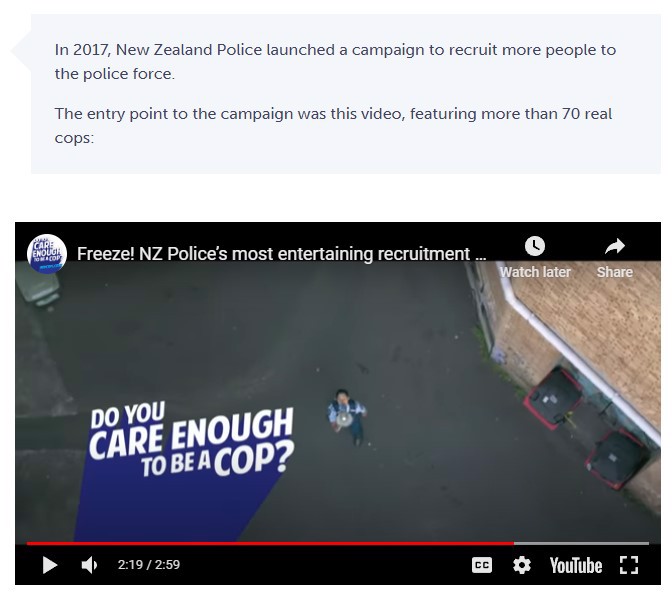How do speakers use the levers of character, emotion, and argument (or ethos, pathos, and logos, if you want to get classical) to sway an audience?
We've been working on a Persuasive Levers lesson, but it turned into a bit of a beast, so we've released it as 4 separate lessons:
- Persuasive levers 1: Character
- Persuasive levers 2: Emotion
- Persuasive levers 3: Argument
- Persuasive levers 4: Combining persuasive levers
We've also kept the original all-in-one version, which you can view here: Persuasive Levers 1-4: Character, Emotion, Argument, & Combined.
(The big lesson is nice because you can refer back to earlier topics, but it might be best for Grades 10+.)
Scroll down to take a quick look at what's covered in each lesson!
Also check out the Frankenstories persuasive writing preset prompts
The lessons on Writelike and the games on Frankenstories complement each other!
Building trust with 'Character'
The lesson explores a few different ways that a speaker might demonstrate character in order to establish trust, including:
- Displaying expertise.
- Being relatable.
- Distancing themselves from rivals and opponents.
- Presenting themselves "honestly", warts and all.
- Displaying virtue (or better still, having someone else attest to their virtue).
Driving movement with 'Emotion'
We look at how emotion can:
- Drive an audience towards something.
- Drive an audience away from something.
- Create stillness and space for reflection.
- Throw an audience off balance.
Creating certainty with 'Argument'
We all love to believe we're rational, but in real-world persuasion, argument often takes a back seat to character and emotion.
But there are still some powerful persuasive moves that can be pulled off with:
- A compelling core argument
- A mountain of evidence
- Walking through the reasoning
Check out our previous lessons on argument for more detail on how to construct good arguments that help us build an accurate model of the world and make good decisions.
(Because even if the audience doesn't need all the detail, the speaker should still know it!)
Summative lesson: Combining character, emotion, and argument
Speakers in the real world will usually use multiple levers to persuade their audiences.
In our final lesson of the series, we take a look at some noteworthy pieces, asking students to reflect on how different levers are being used.
Coming up next!
That's it for persuasive writing for the moment.
We do have some more persuasive writing lessons on the way (on persuasive language and persuasive narrative).
But before we do those, we want to publish some lessons on informational writing, specifically on different types of scientific and historical report writing.
So keep an eye out for the next update!

